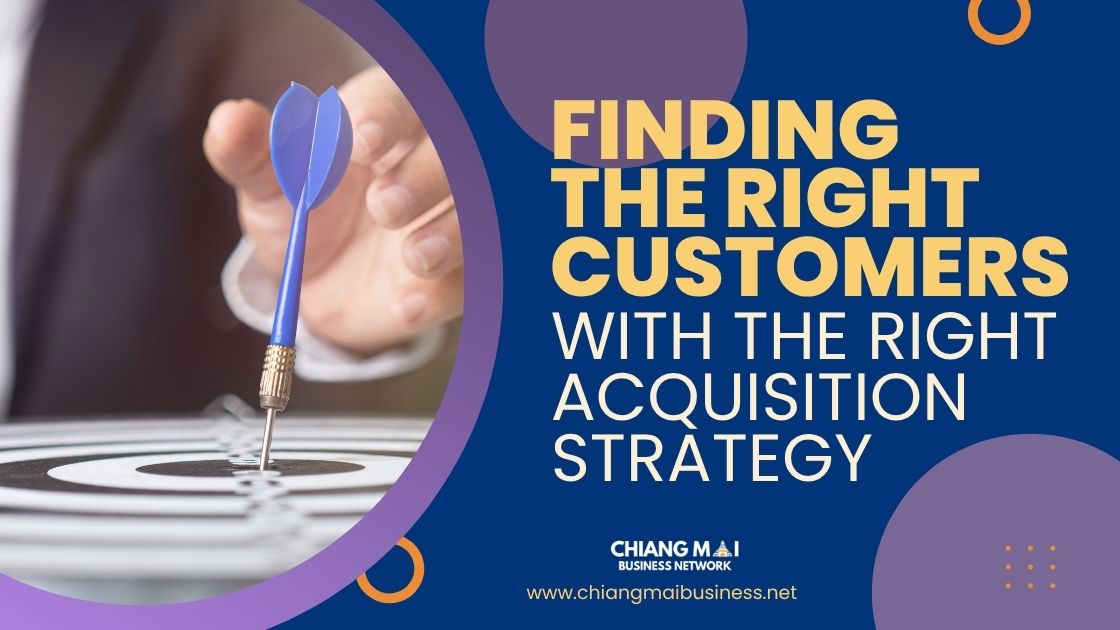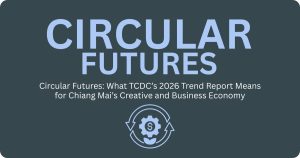Acquiring new customers isn’t a matter of luck; it demands a deliberate and strategic approach. A robust customer acquisition strategy is a structured plan that a business employs to systematically identify, attract, and convert potential customers into paying ones. Based on your research it outlines the most effective methods, channels, and messaging required to reach the right audience and guide them seamlessly through their buying journey.
On Building a Strategy
A strategy is a long-term, overarching plan that defines how an organisation will achieve its core objectives, particularly amidst uncertainty. It focuses on establishing a unique and advantageous position, guiding the allocation of resources, and providing the “where to play and how to win” framework to realise a defined vision and mission.
To build your strategy you need the following elements.
1. Know Who You’re Really Selling To
First ask: “Who is this really for?” Remember that the user isn’t always the buyer.
Dove’s Real Beauty appeals to confidence and authenticity, not just soap. Apple Fitness+ targets people seeking motivation and community, not just workout tools.
These brands know who makes the decision and why. Don’t assume. Talk to real people, research your market, and identify your true buyers.
To identify, attract, and convert the right customers through a value-driven, human-centred approach that builds trust and drives long-term growth you should:
Define Your Real Customer
Action: Conduct customer interviews, observe behaviour, and study industry trends.
Goal: Understand who actually makes the buying decision and what motivates them.
Output: A detailed customer persona including emotional triggers, lifestyle, and buying habits.
2. Choose the Right Channels
There’s no one-size-fits-all approach to reaching customers—what works depends on your product, audience, and brand. Whether you go directly with ads and outreach or take a slower, trust-building path through content and social media, the key is choosing what fits you best.
Options
- Direct: Paid ads, outreach, live demos/events
- Organic: Social media, blogs, SEO, lead magnets (e.g., free guides)
Action: Start with 1–2 channels that match your product, budget, and brand tone.
Output: A focused channel plan with weekly targets and KPIs.
3. Build a Trustworthy Funnel
Customers rarely make a purchase immediately; they need time to develop familiarity and confidence in a brand. This process typically moves from initial awareness to sustained interest, building trust, and culminating in a purchasing action.
Your role is to carefully guide them through each of these stages with clear communication, valuable content, and consistently reliable interactions.
Stages
Awareness → Interest → Trust → Conversion → Repeat
Action
- Simplify your messaging
- Ensure consistency across website, email, and social platforms
- Remove friction from your buying process
Output: A basic sales funnel map with content or action at each stage.
4. Use Emotion to Sell, Not Just Logic
Many startups focus too much on features and pricing, forgetting to create an emotional connection. Strong brands make people feel something—luxury, adventure, innovation—often without saying a word. That’s the power of your brand story, or “Big Idea.” It’s what sticks with people long after you’re gone, and it should show up in everything you do.
Action: Define your brand’s “Big Idea” (e.g., freedom, simplicity, connection).
Tool: Create a short brand story that appears on your site, in pitches, and ads.
Output: A messaging guide that connects emotionally with your audience.
5. Track and Measure Everything
You don’t need complex tools to see what’s working, just start with the basics. Track how many people saw, clicked, or bought. Whether it’s ads, content, or face-to-face pitches, notice what gets results and do more of that.
Key Metrics:
- Website traffic
- Conversion rates
- Cost per lead/customer
- Content engagement
Action: Create a simple weekly or monthly dashboard (Google Sheets is fine).
Output: Clear visibility on what works—and what doesn’t.
6. Follow Up Thoughtfully
Not everyone buys right away and that’s normal. Following up with a thoughtful message can make all the difference. Better yet, ask for feedback to understand what worked and what didn’t, you’ll gain insights no textbook can offer.
Action:
- Set up light-touch follow-ups:
- Automated emails
- Friendly reminders
- Post-sale thank you or feedback requests
Output: An email/CRM workflow for prospects and new customers.
7. Double Down on What Works
When something works, stick with it. Keep refining but hold onto what resonates. This is how good strategy turns into great results.
Action: Identify your top-performing messages, platforms, and audiences.
Improve: Tweak copy, design, and offer slightly to increase effectiveness.
Output: A repeatable customer acquisition playbook based on real data.
Listen more than you talk. And when you hit a nerve with your market—do more of that.
Final Thoughts
Building a robust customer acquisition strategy is paramount for sustainable growth, as it systematically identifies, attracts, and converts prospective clients. Rather than relying on sporadic efforts, a well-defined strategy optimises resource allocation by targeting high-potential leads through relevant channels and compelling messaging.
By consistently following and adapting this strategic framework based on data and market dynamics, businesses can significantly improve their conversion rates, ensuring a steady influx of new customers and a stronger return on their marketing investments.
Want help with building a Customer Acquisition Strategy that is focused on your business and products/services? Talk to LAN Business Consulting where your marketing and strategy builders are found.











